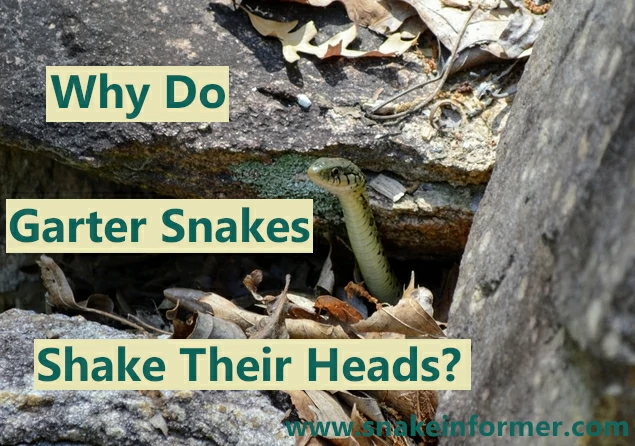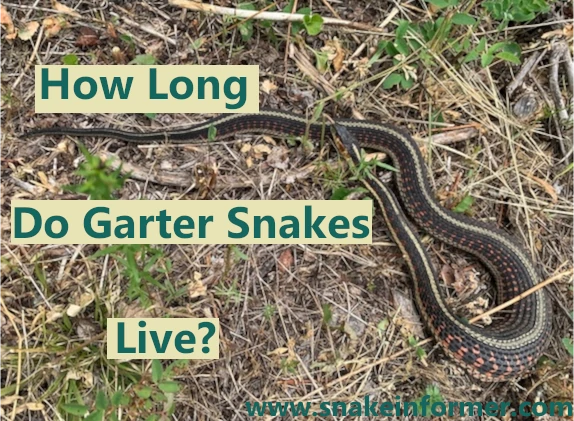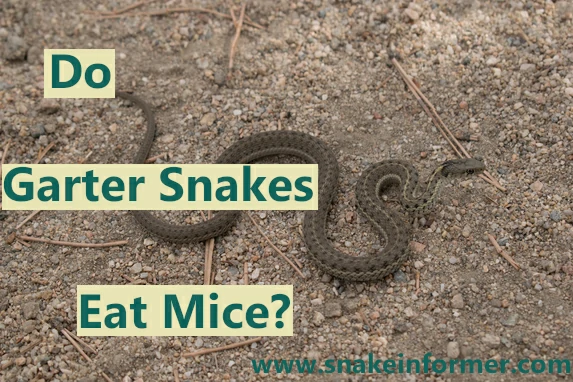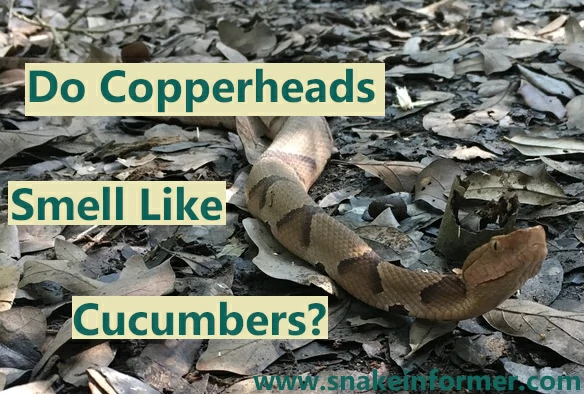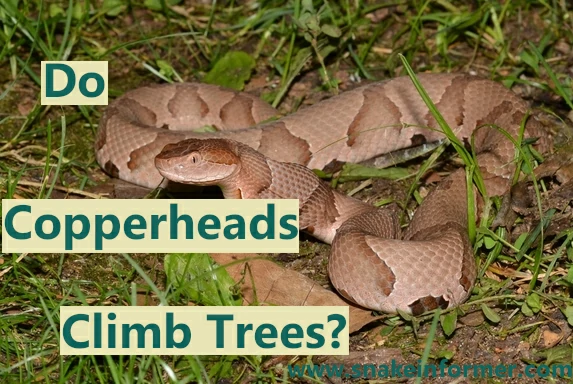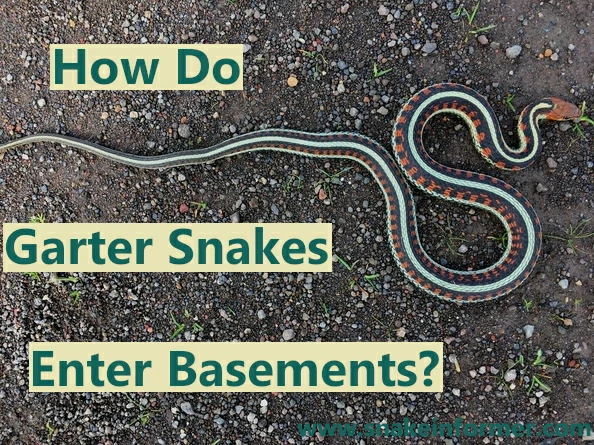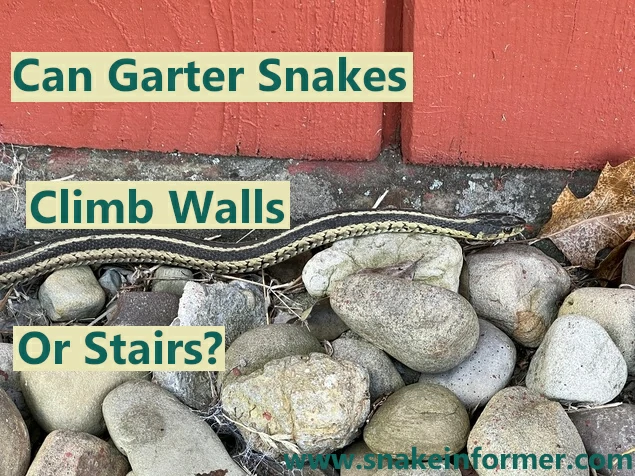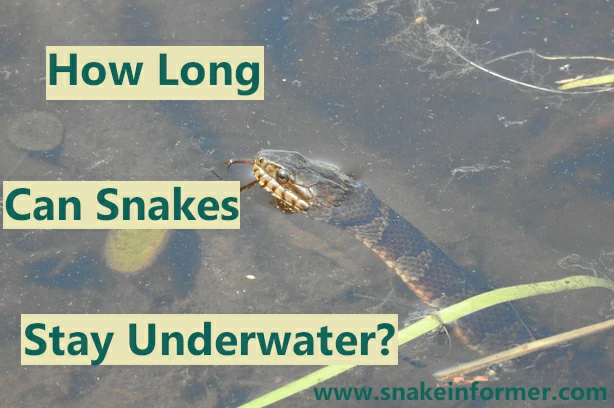Why Do Garter Snakes Shake And Bob Their Heads?
Garter snakes are some of the most abundant snakes in North America. These snakes primarily inhabit grassy and forested areas, but often wander into people’s gardens and backyards. Garter snakes bob and shake their heads primarily to mimic the movement of grass or other vegetation in windy conditions. This behavior helps them blend more effectively … Read more

